Space News & Blog Articles
Atlas 5 rocket rolls to launch pad for Space Force mission
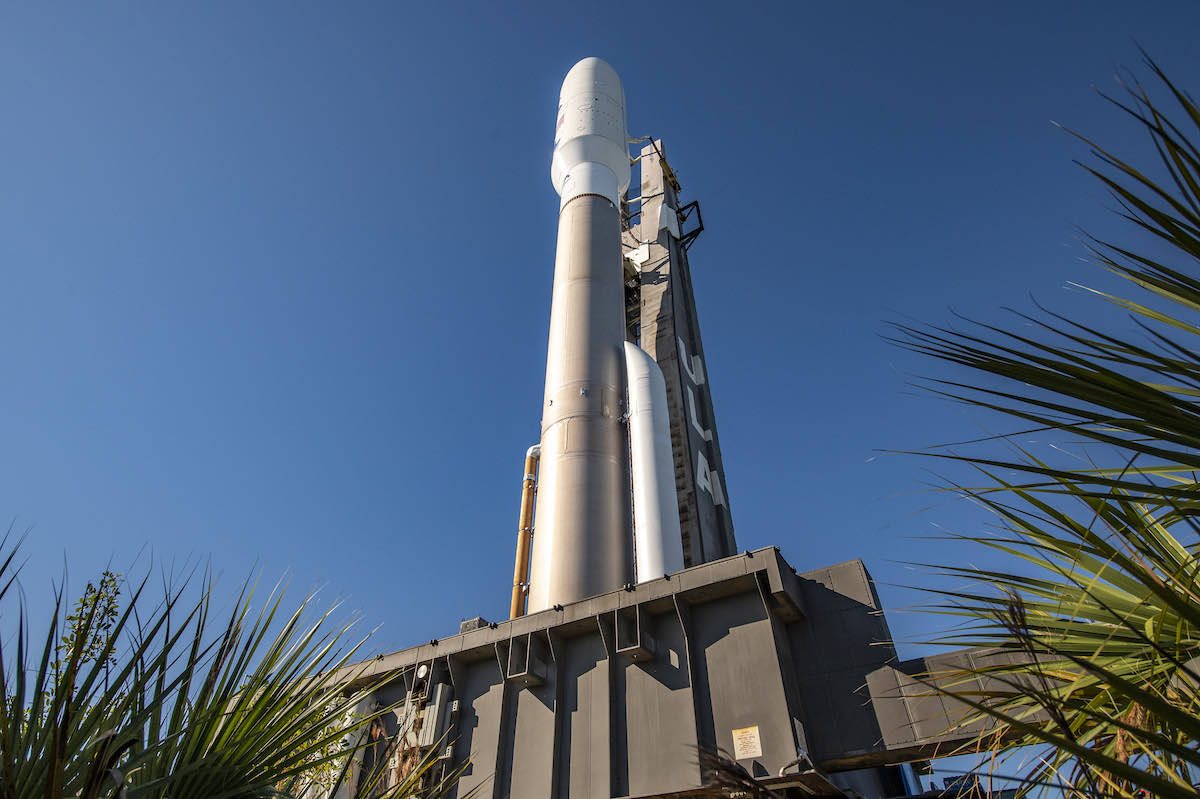 An Atlas 5 rocket rolls out to pad 41 at Cape Canaveral Space Force Station with two GSSAP satellites for the U.S. Space Force. Credit: United Launch Alliance
An Atlas 5 rocket rolls out to pad 41 at Cape Canaveral Space Force Station with two GSSAP satellites for the U.S. Space Force. Credit: United Launch Alliance
Gearing up for its first mission of the year, United Launch Alliance rolled an Atlas 5 rocket to its launch pad at Cape Canaveral Thursday, a day before liftoff with a pair of U.S. Space Force satellites on a flight that will debut a version of the Atlas 5 never used before.
The rocket, standing 196 feet (60 meters) tall, will employ a single solid rocket booster to provide additional thrust in the first two minutes of its climb into space. Atlas 5s have flown with a single strap-on booster before, but never in combination with the rocket’s 5.4-meter (17.7-meter) diameter payload fairing option.
The new rocket configuration, known as the “511,” has been an option for Atlas 5 customers since the program’s genesis more than two decades ago. But the 511 variant of the Atlas 5 has never flown before, and likely never will again.
The Atlas 5 rocket has flown in 10 other configurations since its first flight in 2002. There are 26 Atlas 5 rockets left to launch in ULA’s inventory, including the vehicle on the pad for Friday’s mission, and none are currently expected to fly in the 511 configuration.
ULA is retiring the Atlas 5 rocket family in favor of the new Vulcan Centaur rocket, which could make its first test flight late this year. The company, a 50-50 joint venture between Boeing and Lockheed Martin, is also phasing out the Delta rocket family.
ULA’s launch team and space enthusiasts got their first unobstructed look at the Atlas 5-511 rocket Thursday, when the vehicle emerged from the Vertical Integration Facility at Cape Canaveral. Riding along dual rail tracks pushed by locomotives, the Atlas 5 and its mobile launch platform covered the 1,800-foot (550-meter) distance from the VIF to launch pad 41 in about one hour.
Once at the pad, the rocket was connected to ground systems and prepared for the start of Friday’s countdown, targeting liftoff at 2 p.m. EST (1900 GMT).
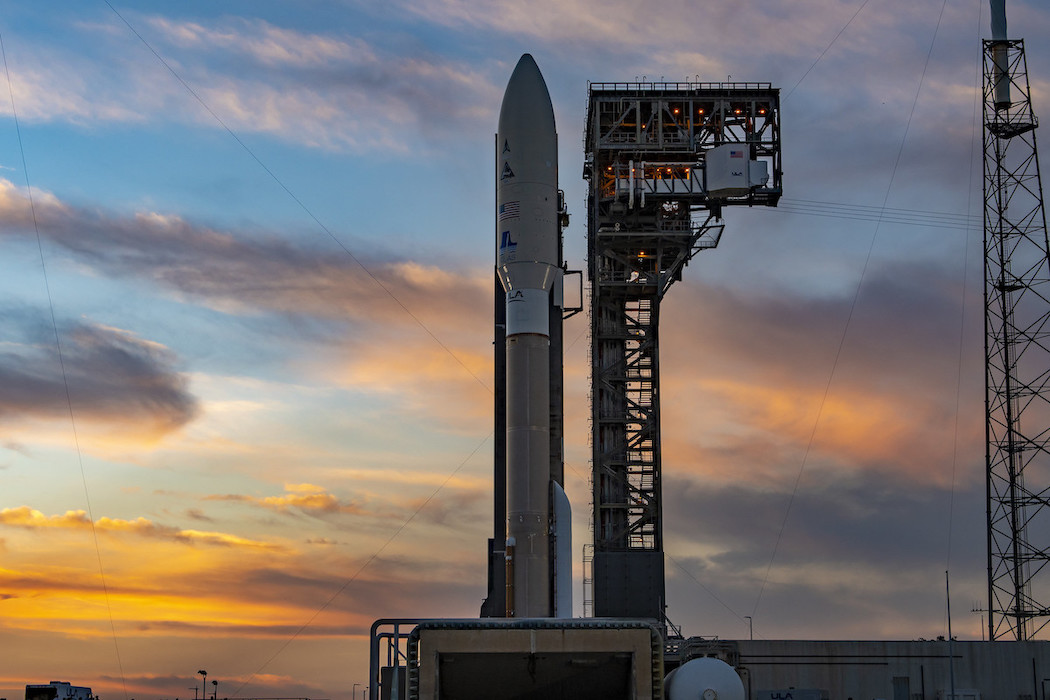 ULA’s Atlas 5 rocket on the launch pad at Cape Canaveral Thursday night. Credit: United Launch Alliance
ULA’s Atlas 5 rocket on the launch pad at Cape Canaveral Thursday night. Credit: United Launch Alliance
The Atlas 5 rocket is set to haul two satellites into orbit for the Space Force’s Geosynchronous Space Situational Awareness Program.
The GSSAP satellites are designed to help the military track and observe objects in geosynchronous orbit more than 22,000 miles (nearly 36,000 kilometers) over the equator. The first four GSSAP satellites launched in pairs on Delta 4 rockets in 2014 and 2016.
In 2017, the military confirmed it ordered two additional GSSAP satellites from Orbital ATK, now part of Northrop Grumman. Those satellites, each the size of a compact car, are mounted side by side inside the Atlas 5 rocket’s payload fairing for launch Friday.
The mission launching Friday is officially designated USSF 8 in ULA’s launch manifest. The photos below show the rollout of the Atlas 5 rocket Thursday.
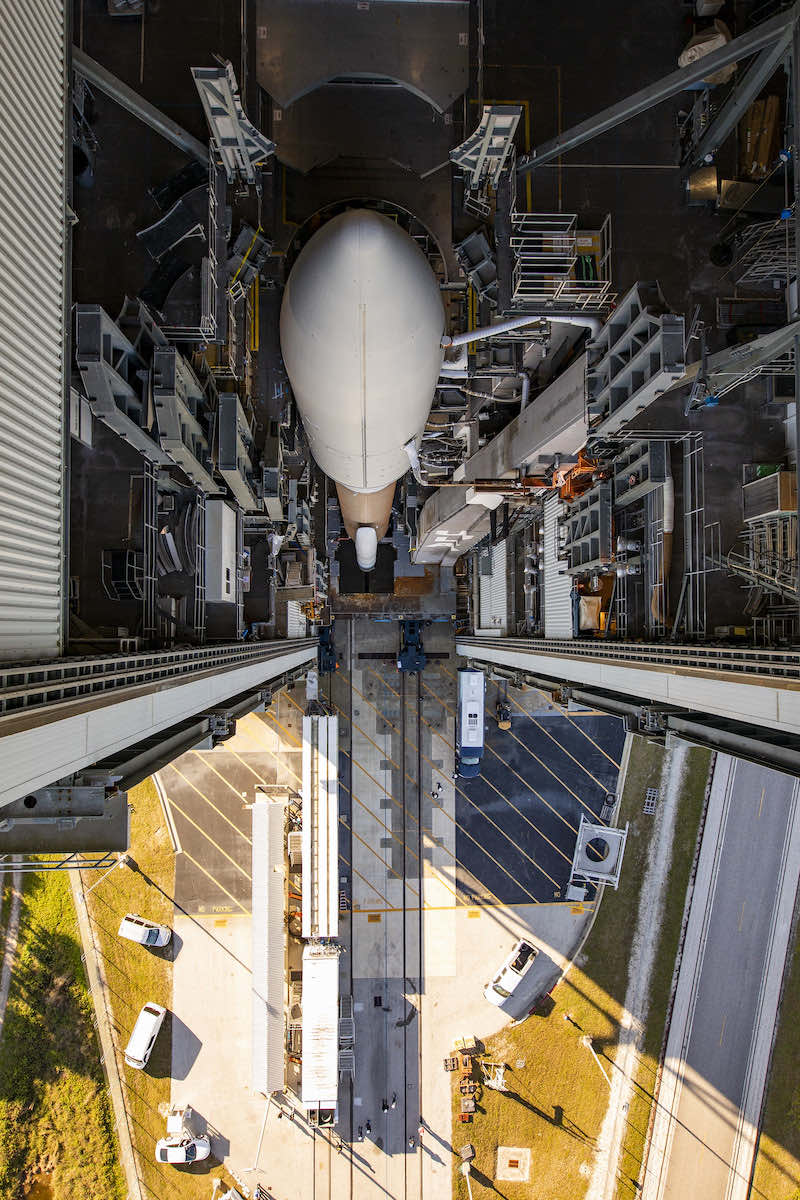 Credit: United Launch Alliance
Credit: United Launch Alliance
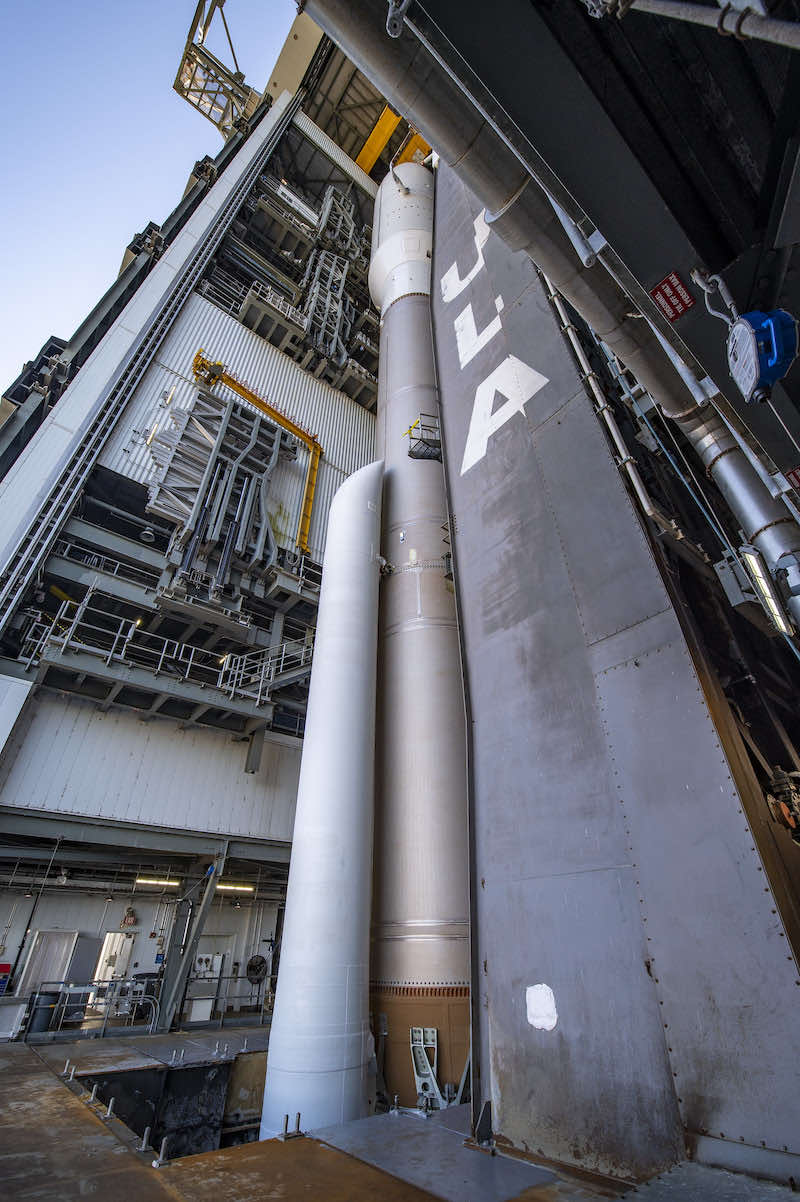 Credit: United Launch Alliance
Credit: United Launch Alliance
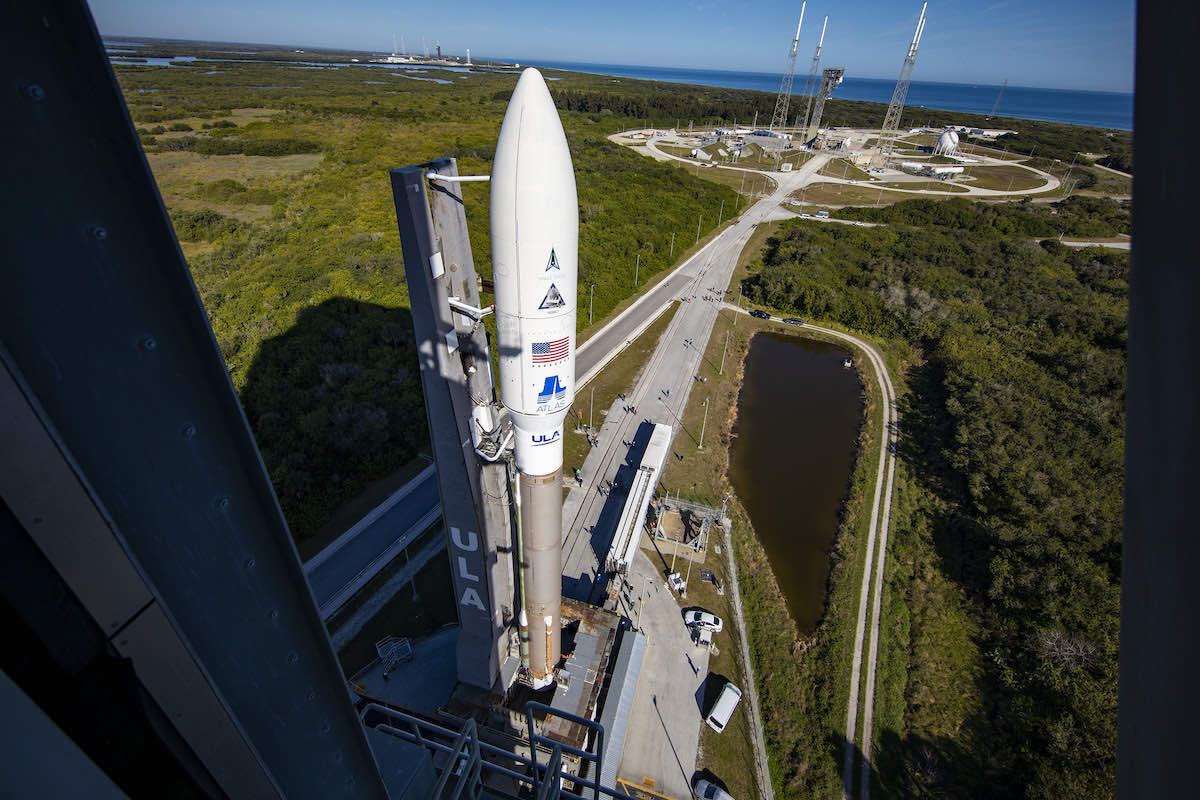 Credit: United Launch Alliance
Credit: United Launch Alliance
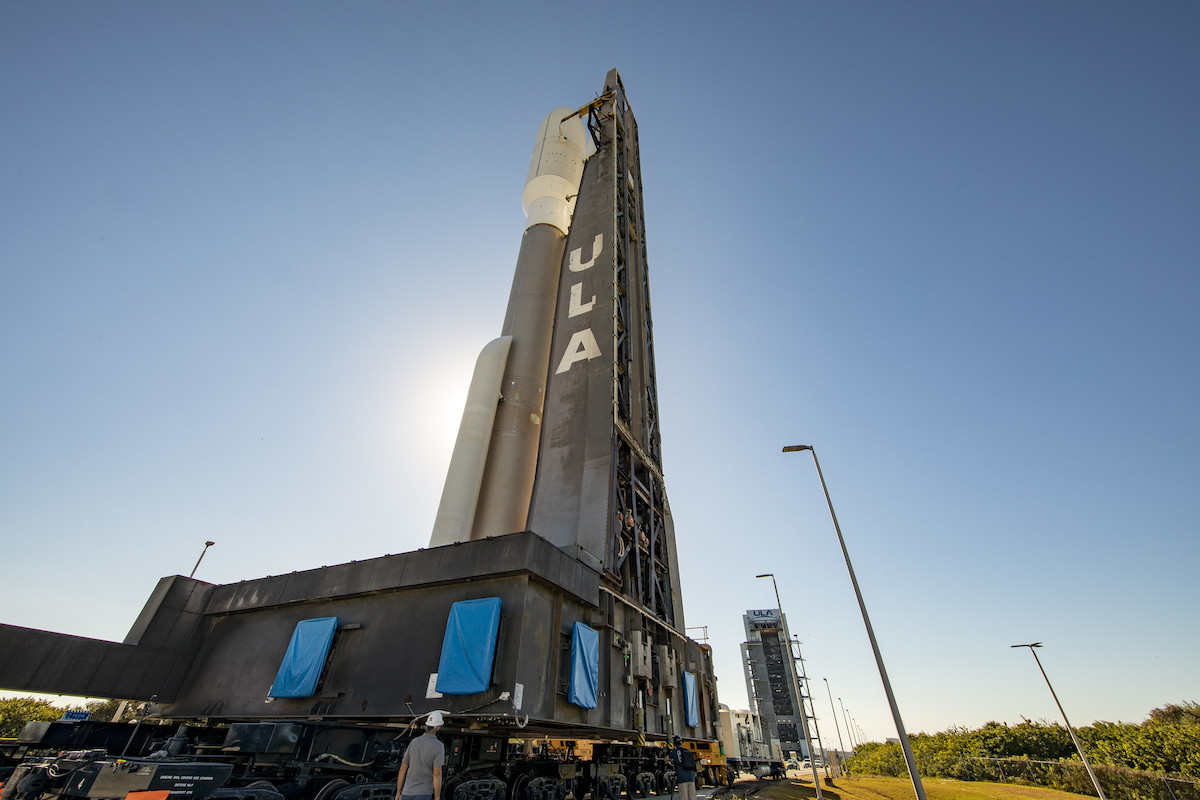 Credit: United Launch Alliance
Credit: United Launch Alliance
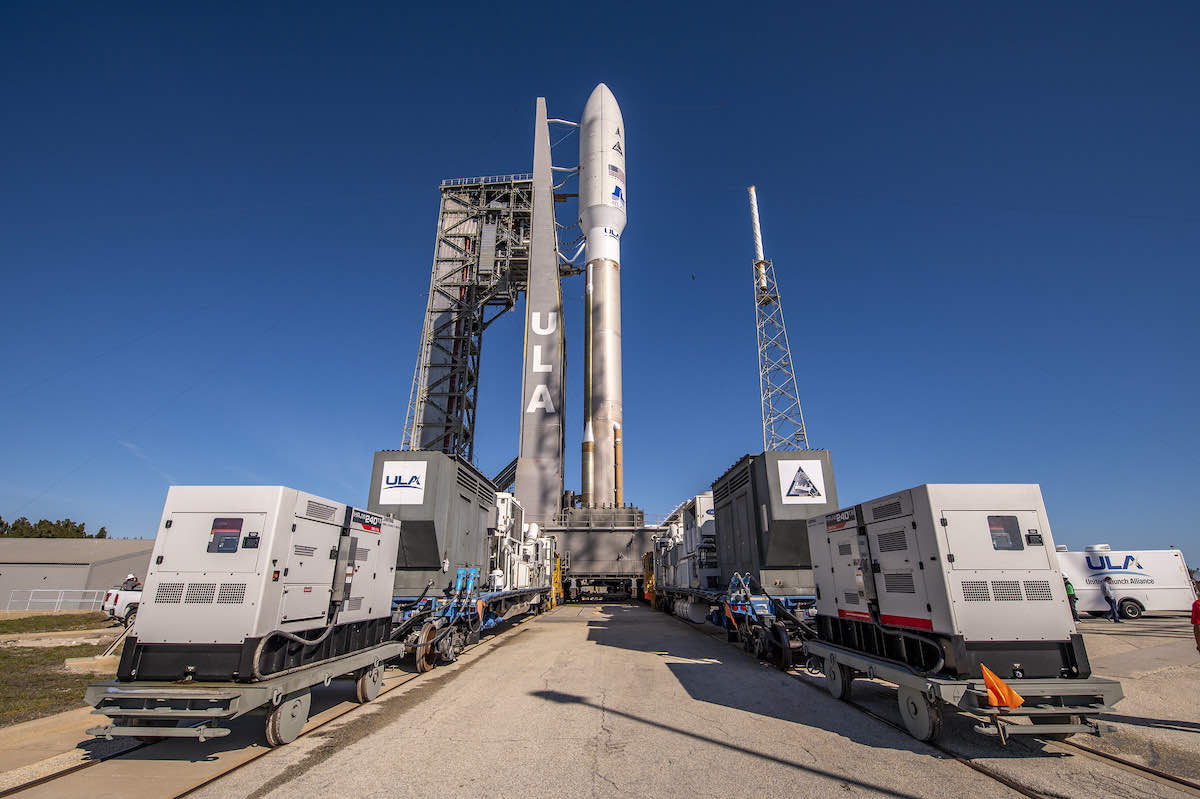 Credit: United Launch Alliance
Credit: United Launch Alliance
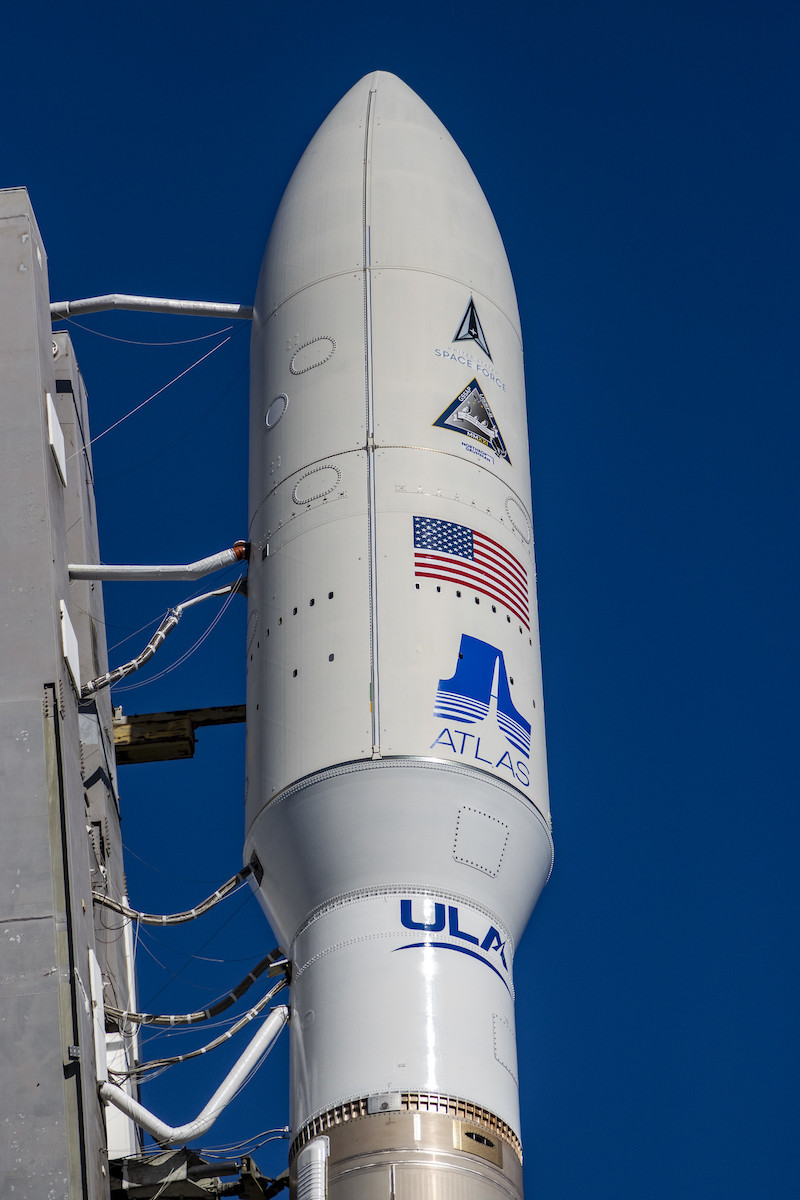 Credit: United Launch Alliance
Credit: United Launch Alliance
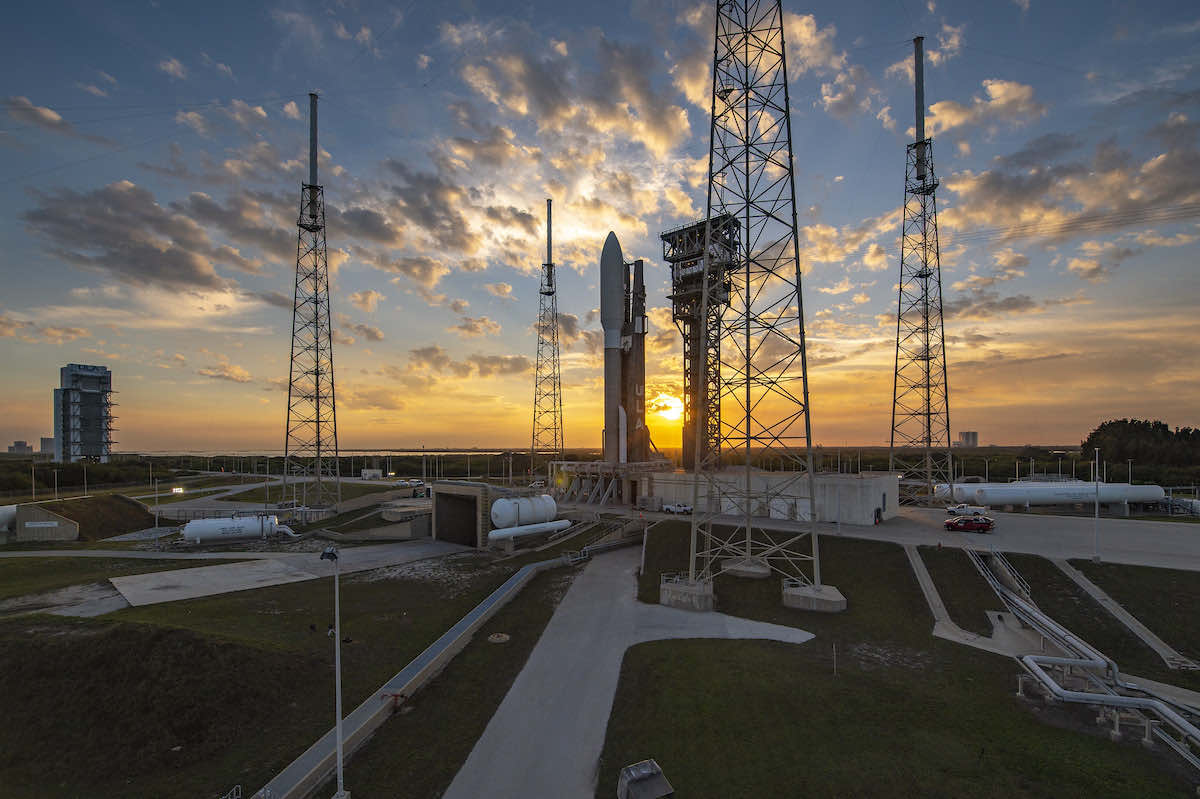 Credit: United Launch Alliance
Credit: United Launch Alliance
 Credit: United Launch Alliance
Credit: United Launch Alliance
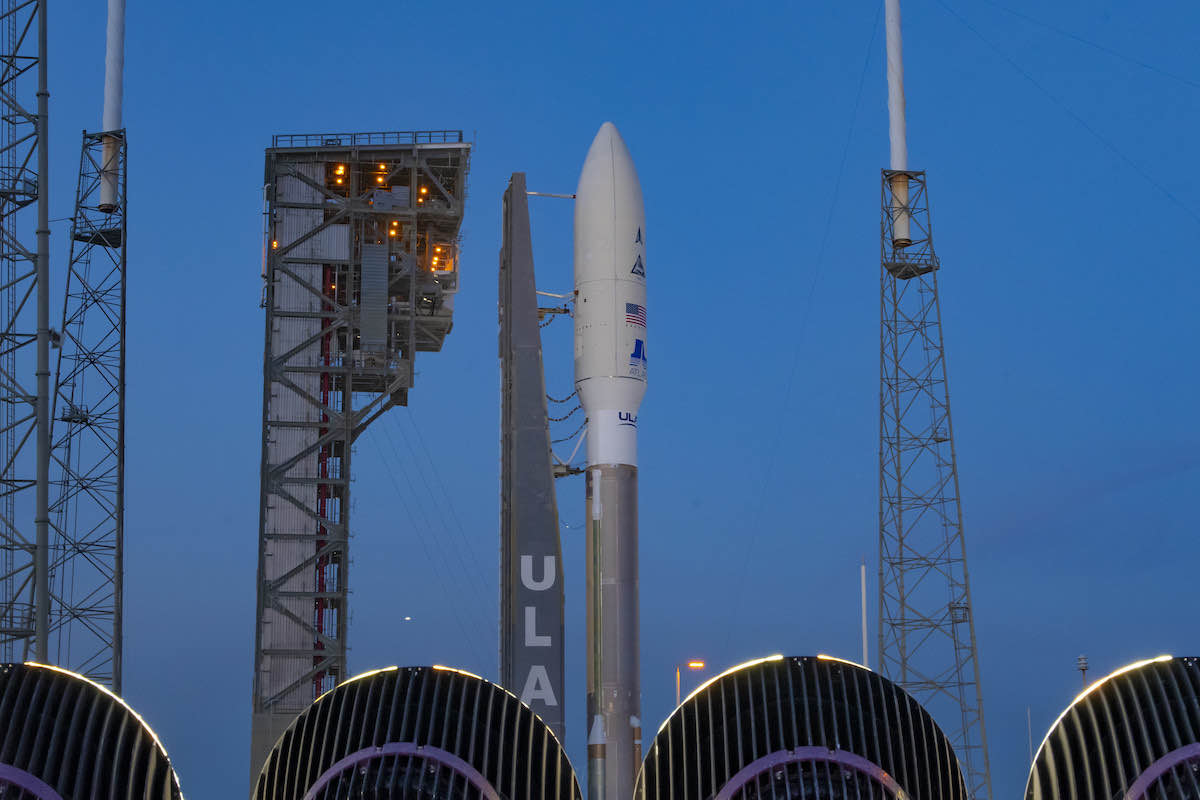 Credit: United Launch Alliance
Credit: United Launch Alliance
This email address is being protected from spambots. You need JavaScript enabled to view it. the author.
Follow Stephen Clark on Twitter: @StephenClark1.
When you subscribe to the SpaceZE News Feed, we will send you an e-mail when there are new updates on the site so you wouldn't miss them.

